Heart rate cycling training still matters: simple, cost effective and accurate - here's how to benefit
It might play second fiddle to power in the modern hierarchy of training metrics, but heart rate cycling training should not be overlooked...
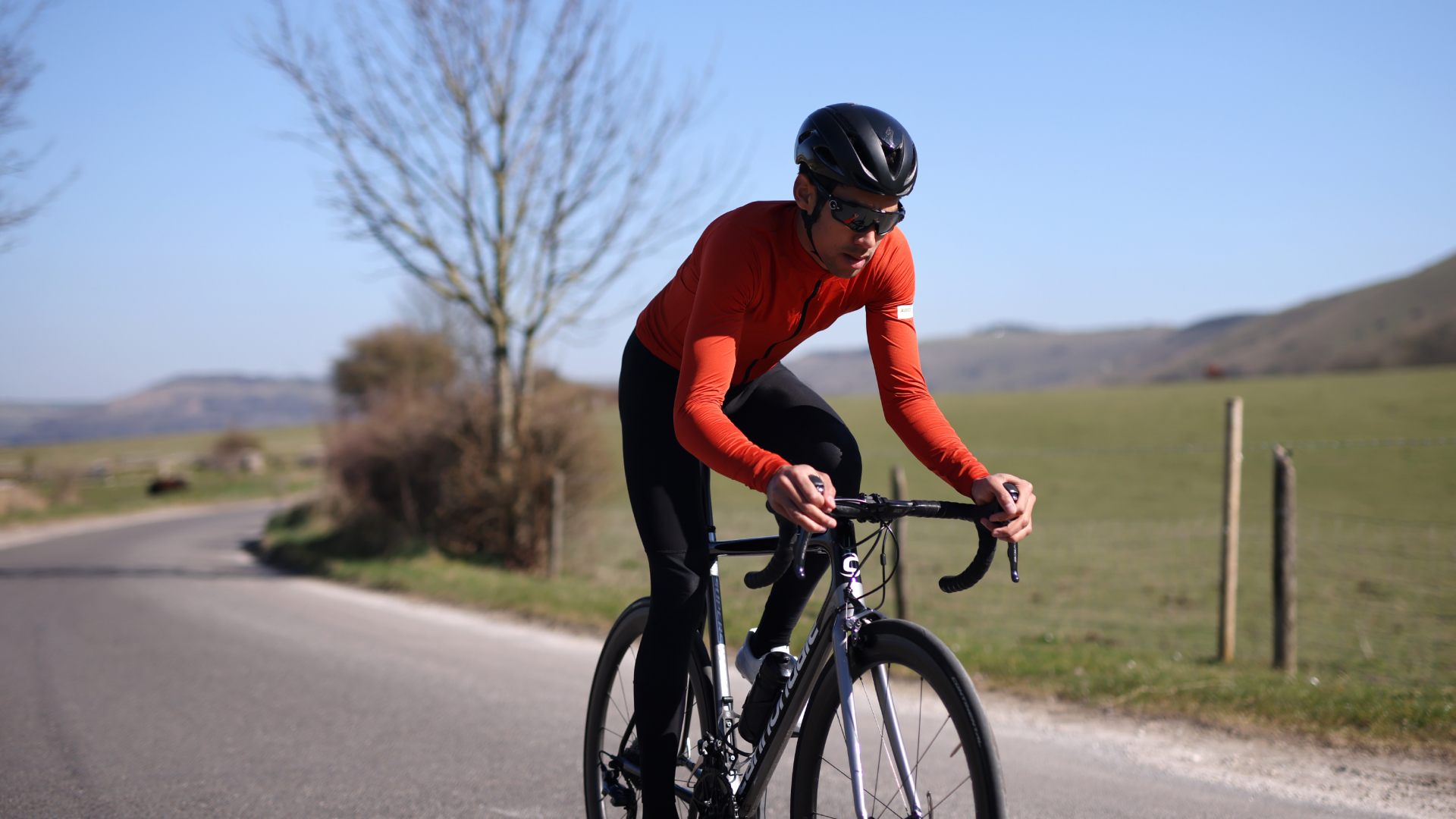

In recent years, the power meter has become the primary means of measuring performance for cyclists, even at the amateur level. This has meant that benchmarking fitness – FTP, watts per kilo, cycling training zones, etc – is easily accomplished and no longer requires an expensive trip to the science lab.
But is this widespread devotion to power distracting us from the importance of an older form of fitness measurement, the humble heart rate monitor? In this feature, I want to assess the ongoing relevance and usefulness of monitoring beats per minute. What insights into our performance are picked up in our heart rate traces while not registering on the best power meters for cycling?
Could keeping an eye on heart rate help us, for instance, in spotting underlying problems before it’s too late? Firstly, it’s time for a quick science lesson...
The science behind heart rate cycling training
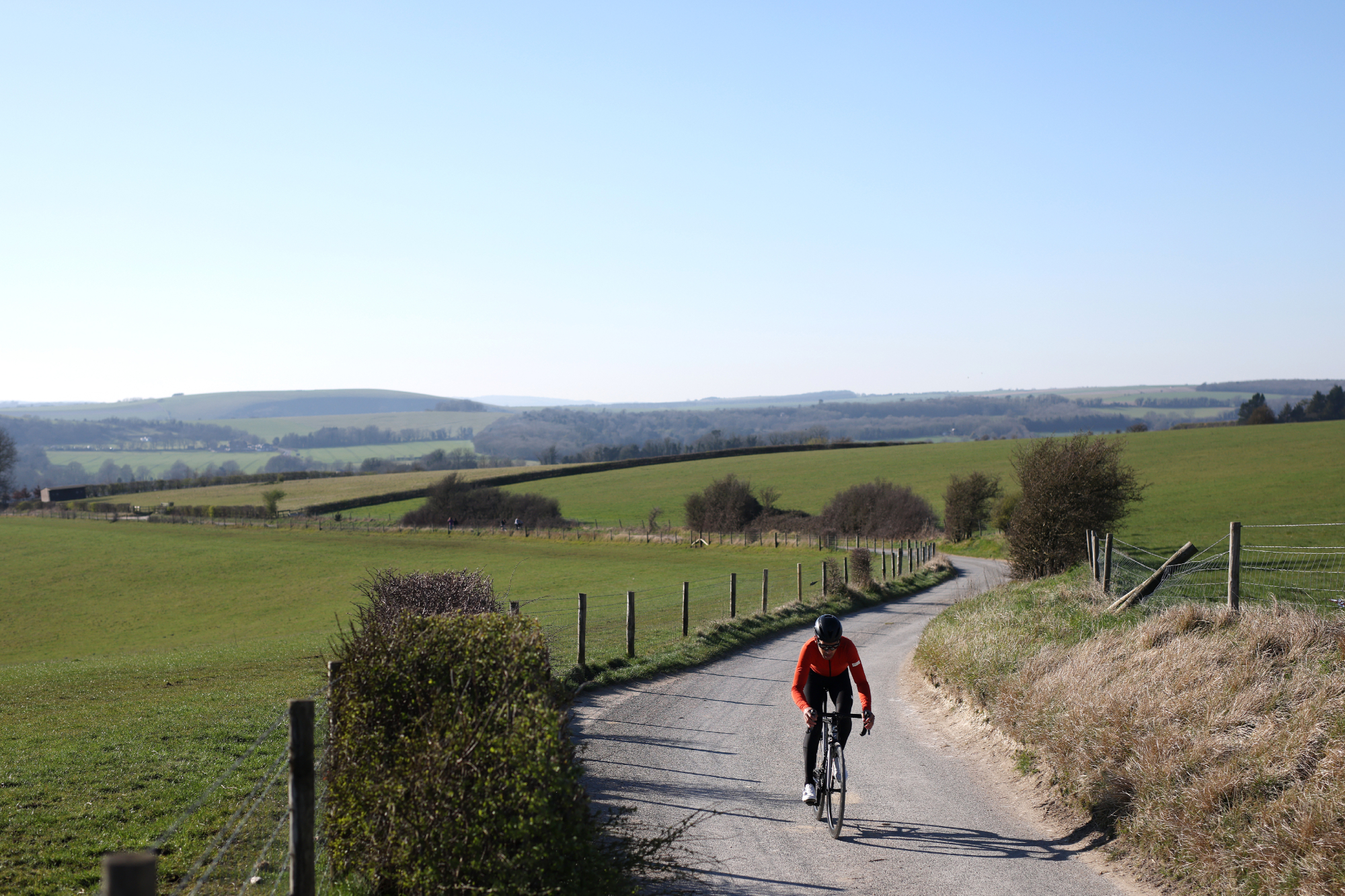
Your heart is made up of four chambers – the left and right atrium (upper chambers) and the left and right ventricles (lower chambers). In a nutshell, a heart beat is the two-part process whereby blood is passed from the upper to lower chambers (part one) and then pumped out of the heart as the lower chambers contract (part two). The blood from the right ventricle goes to pick up oxygen from the lungs, while the oxygenated blood from the left ventricle is sent around the body. The two-part nature of the beat explains the ‘lup-dup’ sound of your heart.
Your heart rate is regulated by electrical signals sent from your brain to the heart’s in-built pacemaker – the sinus node – increasing or decreasing depending on your cardiovascular system’s needs. Your muscles are fuelled by a form of energy called ATP, created when the oxygen from your blood breaks down glucose. During exercise, your muscles use more energy and so need more oxygen: your breathing rate must increase and so too must your heart rate, which has to pump harder and faster to increase the supply of oxygen-rich blood to your muscles.
Your heart rate is unique to you, but there is a direct correlation between a person’s level of fitness and their heart’s reaction to exercise. The fitter you are, the stronger your heart’s ability to pump blood around the body: according to McGill University in Canada, a well-trained athlete’s heart is able to pump 35 litres of blood per minute compared to 20-25 litres per minute for an untrained person. More blood means more oxygen and more energy. At rest, a trained athlete’s heart beats more slowly than an untrained person’s heart – typically 50bpm vs 70bpm – because fewer beats are needed to keep pace with the oxygen demand. The same logic applies to assessing your fitness.
“Your heart rate is a good measure of stress, as it lets you see an improvement in fitness,” explains sports scientist and cycling coach James Spragg. “Let’s say before a training block your heart rate was 150bpm while cycling at 200 watts, and then after the block it’s 140bpm. Even though the external work has remained the same, your body is working less hard to supply the blood, oxygen and energy to accomplish that work.”
Get The Leadout Newsletter
The latest race content, interviews, features, reviews and expert buying guides, direct to your inbox!
How to set your heart rate training zones for cycling

| HR intensity zone | % of HR max | Feels like... |
| Moderate | 70-80 | Easy. You can converse freely: breathing is deeper than at rest but not laboured |
| Heavy | 80-90 | Comfortably hard. You have to take breaks in speech; breathing is faster now but not frantic. |
| Severe | 90-100 | Very hard. You can't say more than one or two words at a time; you're breathing hard, almost panting. |
Similar to power-guided training, heart rate exertion can also be broken down into zones, often based on percentages of an athlete’s maximum heart rate. Spragg prefers a three- layered approach (see box) – moderate intensity, heavy intensity, severe intensity – because “there’s quite a lot of individual variation”. When working with professional athletes, he uses lab-based tests that involve taking lactate samples to determine each zone’s threshold, but adds that there are field- based alternatives you can try at home to give you your three zones.
The first threshold – between moderate and heavy intensity – is the heart rate where you can no longer hold a conversation. “There is something called the talk test, which works quite well,” he explains. “Do a ramp test and try to say a long sentence after five minutes – if it’s comfortable and your breathing is normal, then you go a bit harder. The point at which you have to take breaks in that speech for breaths is when you’re above the first threshold.”
The second threshold is your highest sustainable heart rate – the heart rate you’re able to sustain for 20-30 minutes – and equates to your average heart rate during a 10-mile time trial. Finally, finding your maximum heart rate is simple (albeit tough). Jump on a stationary bike or turbo trainer and attempt four maximal effort intervals of two to three minutes, each with similar length recoveries, pushing yourself to failure by the end, and there’s a good chance the highest heart rate you hit during these drills is your maximum.
How to train with heart rate zones for cycling
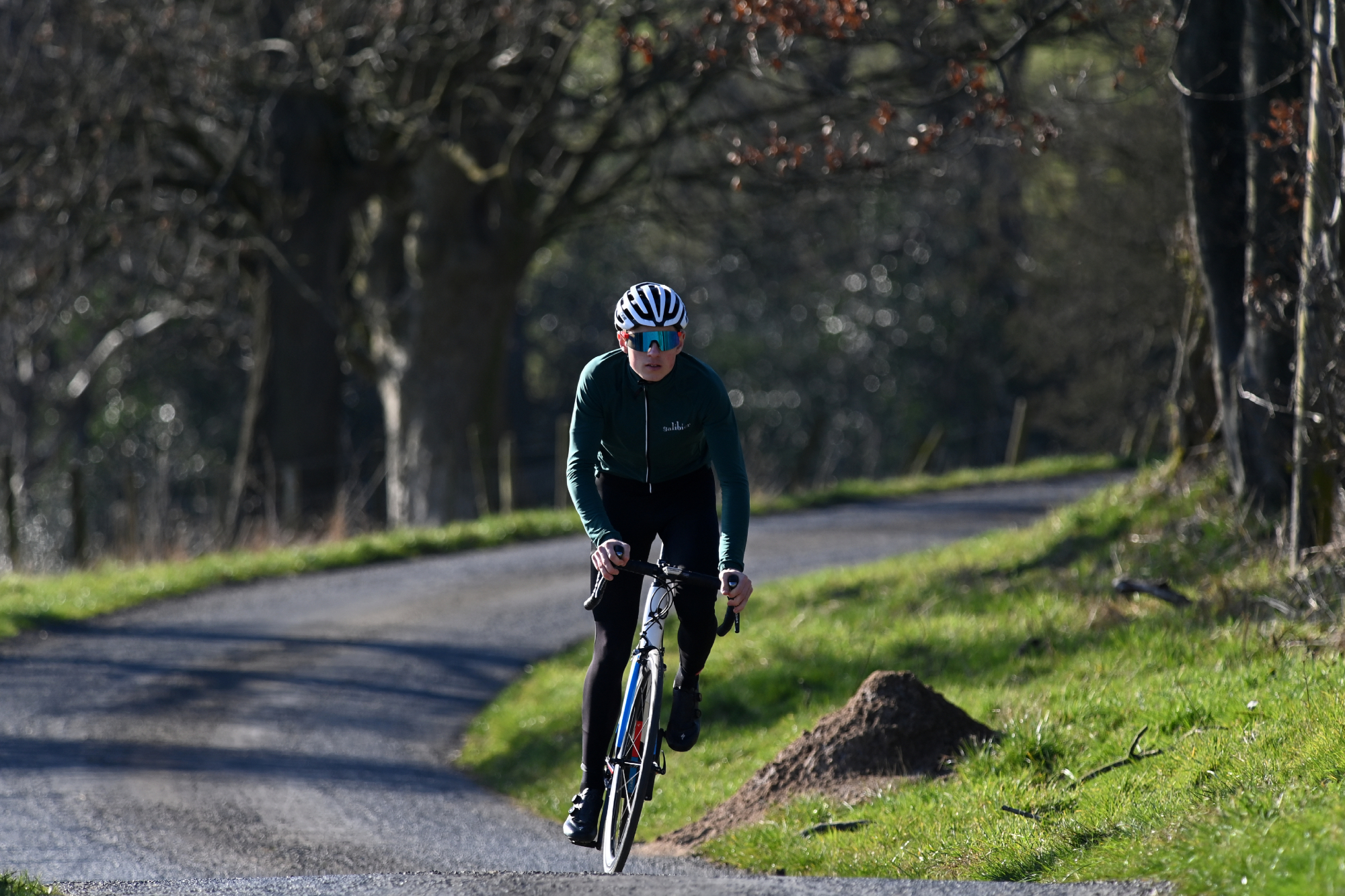
Zones sorted, you’re all set to start training using your heart rate, right? Not quite. While it’s possible to use them as a guide during steady efforts below your heavy intensity threshold, things can become a little less clear during shorter, more intense efforts. This is because your heart rate doesn’t react in line with effort; there is a lag. Your aerobic energy system takes a bit of time to get up and running and is therefore slow to react to a sudden change in exercise intensity.
During these harder, anaerobic efforts, your body will turn to faster forms of energy supply (the glycolytic and PCr systems) until the aerobic system is up to speed – which can take anywhere between 30 seconds to two minutes. “If you’re trying to track your training intensity distribution – how much time you spend in each zone – your heart rate is not going to accurately benchmark sprint efforts,” adds Spragg.
Despite this limitation during very short efforts, heart rate remains an important metric to track, believes Spragg. “I always look at the relationship between three things – the amount of external work you can do, your power output; how hard you’re having to work internally to produce that power, your heart rate; and how hard it feels, your rating of perceived exertion. By looking at the change in the relationship between those measures, you can see which direction fitness is going in.”
Benefits of heart rate cycling training
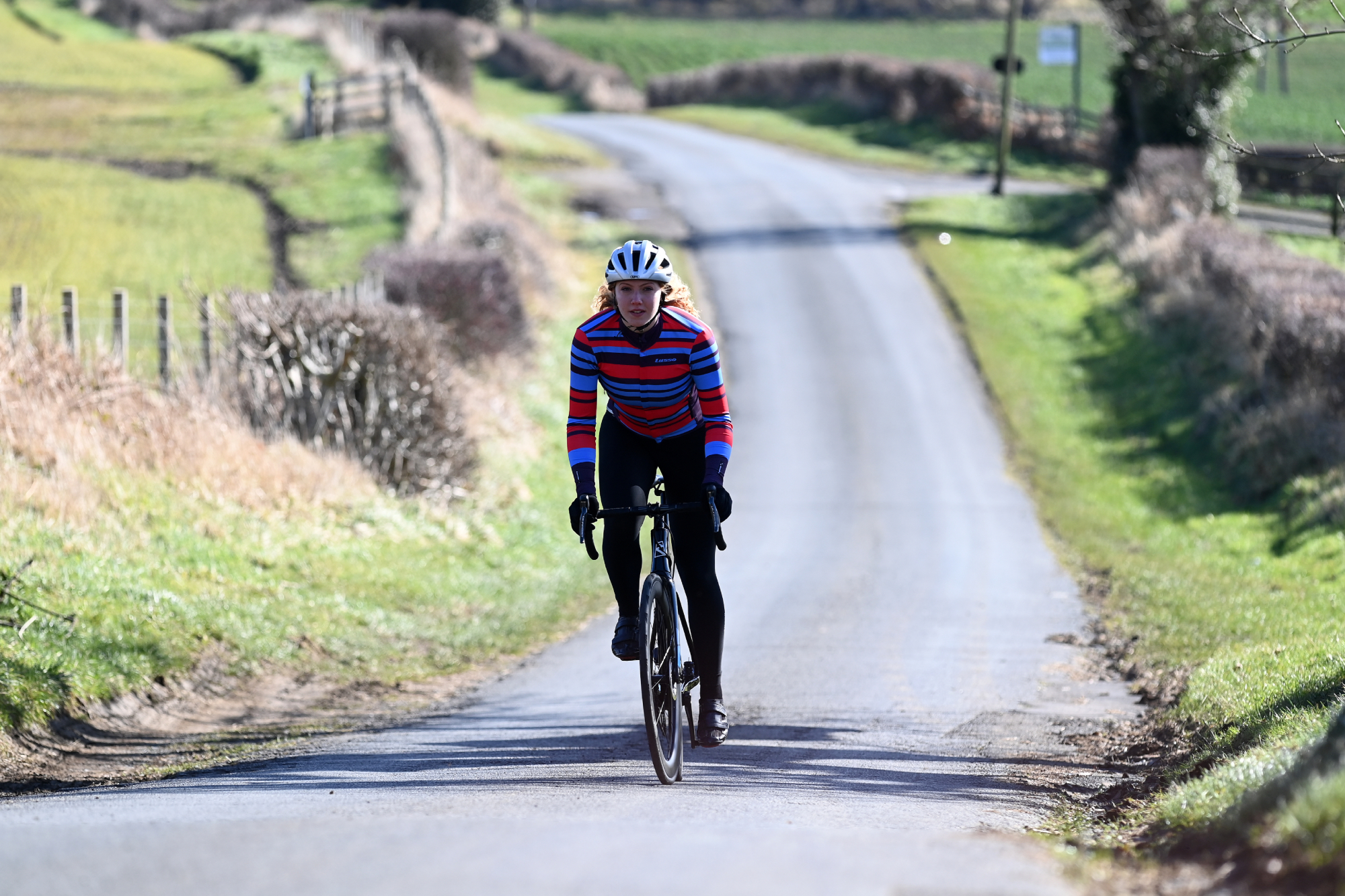
Its benefits don’t stop at providing hard physiological data that show your cardiovascular system’s adaptation to training. Once you have worked out your heart rate zones, they will remain almost identical throughout an entire competitive season. “Even though we might see changes in the amount of external power you can produce, which can be affected if you encounter some kind of environmental stressors like altitude or heat, your heart rate zones will stay relatively consistent,” says Spragg. Heart rate can also be a good indicator of overtraining and fatigue.
“One of the best things you can do during periods of hard training is to look at your resting heart rate, and have a rest day or a recovery ride if it’s higher than usual,” says consultant cardiologist Dr Mark Dayer. “After a really big session, your resting heart rate may be a few beats higher the following day, and this is a sign you’ve overcooked it.” Spragg likewise treats a spike in resting heart rate as a red flag that should caution against further hard efforts for at least a day or two.
Overtraining can be seen in your heart rate data on the bike too – most starkly when bpm remains stubbornly lower than usual. “One of the monitoring tools I use with athletes is the LSCT [submaximal cycle test],” says Spragg, “where we get athletes to ride to 60, 80 and 90% of their maximum heart rate for a few minutes at a time and look at what their power is doing in those efforts. When an athlete is really fatigued, they may struggle to get their heart rate up to 90% of their max heart rate within three minutes. At that point, this athlete needs a lot of rest and recovery.” In other words, a lower than normal heart rate doesn’t necessarily mean you’ve got fitter – it might just mean you’re very tired. This is why bpm is best observed alongside watts.
Another potential complication is accuracy, even among the best heart rate montiors for cycling. “Heart rate monitoring technology is imperfect,” explains Dayer. “It either relies on a heart rate strap, which measures electrical signals, or it relies on something around your wrist or upper arm, which measures heart rate optically by looking at blood flow in capillaries.” According to research, chest strap sensors (see box) tend to offer greater precision than wrist-based monitors.
Abnormal fluctuations in heart rate may cause alarm – particularly if they occur mid-ride – and especially if your head unit shows a figure exceeding your maximum. The first thing to do is ask yourself how you feel. “Most of the time you see irregularities in the heart rate data, it’s because your monitor isn’t working properly,” says Dayer. “But if you need to stop and slow down because you feel unwell and you’ve noticed your heart rate spiking, it’s probably a good idea to call time on that ride. If you feel really bad, of course, you need to seek urgent help.”
Dayer explains that there are various different types of arrhythmia (abnormal rhythm), and people of all ages can be affected, but the most common types are atrial fibrillation (typically heart rate leaps to a faster rate mid-ride), ectopic beats (a fluttering sensation) and supraventricular tachycardia (episodes of an irregularly fast heart rate). “The first thing to say is don’t panic,” he adds. “If you notice it again and again, then the next step I usually recommend is to try to record an ECG trace of what’s going on using an Apple Watch or AliveCor device. For some non-life threatening problems, we don’t do anything and just say, this is going to happen maybe two or three times a year and it’s going to spoil your ride and that’s that. For other people, where it’s happening more frequently, we’ll do a procedure on them called an ablation to get rid of the rhythm problem.”
Overall, a heart rate monitor is a relatively inexpensive piece of kit that can add a worthwhile dimension to your training intelligence. Although it has its limits when the going gets tough – it isn’t as instantaneous or reactive as a power meter – it’s a clear way of monitoring physiological improvements over time.
It is also able to give you advance warning, pre and mid-ride, of abnormal fatigue, allowing you to turn down the intensity or even call it a day. Even a run-of-the- mill monitor can help flag up a case of arrhythmia which, if experienced with other symptoms, may warrant further investigation with your GP or cardiologist. And as one of the most inexpensive ways of tracking your body’s inner workings while cycling, you can’t ask for much more than that.
More reading

Thank you for reading 20 articles this month* Join now for unlimited access
Enjoy your first month for just £1 / $1 / €1
*Read 5 free articles per month without a subscription

Join now for unlimited access
Try first month for just £1 / $1 / €1

Charlie Allenby is a freelance journalist specialising in cycling, running and fitness. He has written for publications including the Guardian, the Independent, T3, Bike Radar, Runner’s World, Time Out London and Conde Nast Traveller, and cut his teeth as staff writer for Road Cycling UK (RIP). He is also the author of Bike London: A Guide to Cycling in the City. When not chained to his desk, Charlie can be found exploring the lanes and bridlepaths of Hertfordshire and Essex aboard his pink and purple Genesis Fugio.
-
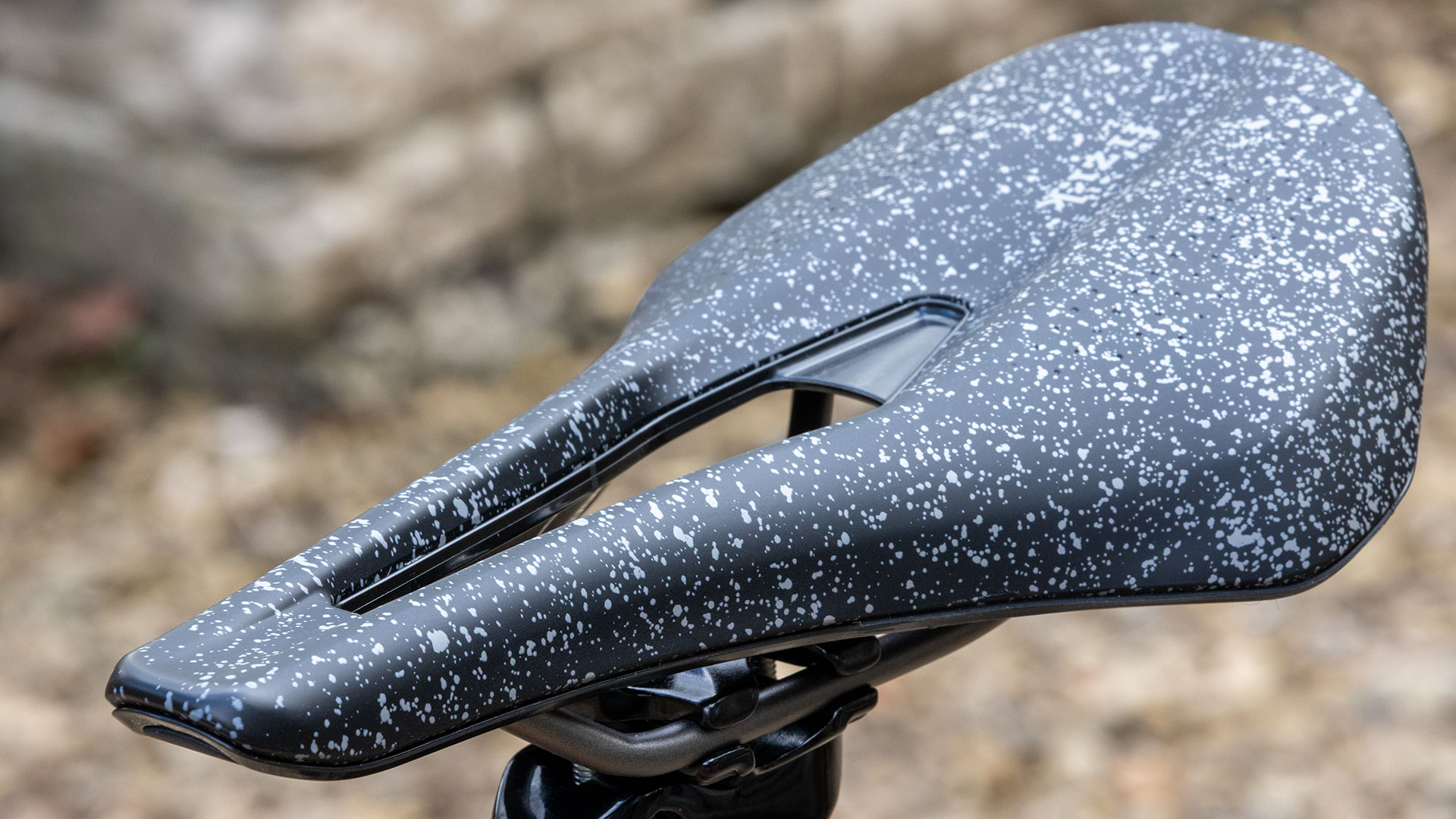 Fizik Tempo Argo R3 Les Classiques saddle review: comfort both on and off the cobbles
Fizik Tempo Argo R3 Les Classiques saddle review: comfort both on and off the cobblesObscured beneath the special edition ‘mud flecks’ is one of the most comfortable short-nosed endurance saddles on the market
By Simon Fellows
-
 Mike's Bikes 'mega sale' is live and site wide with discounts over 50%
Mike's Bikes 'mega sale' is live and site wide with discounts over 50%Running until Sunday all products are discounted including complete bikes, clothing, smart trainers and much more
By Luke Friend